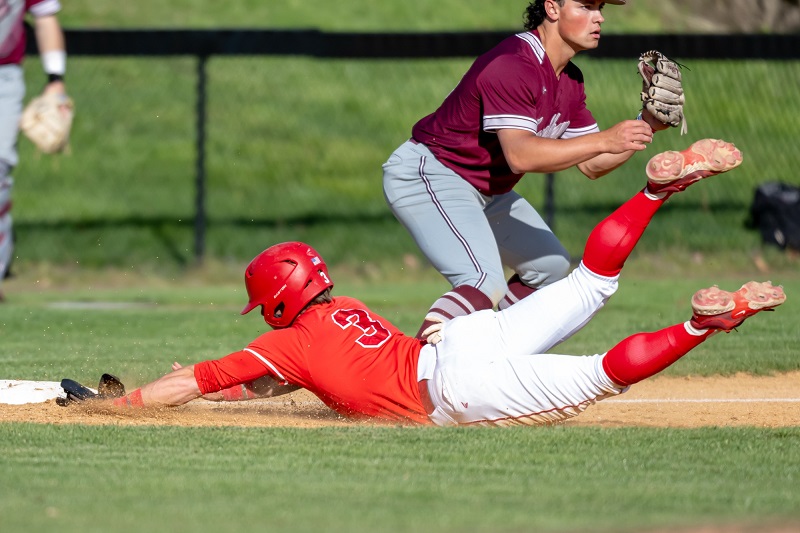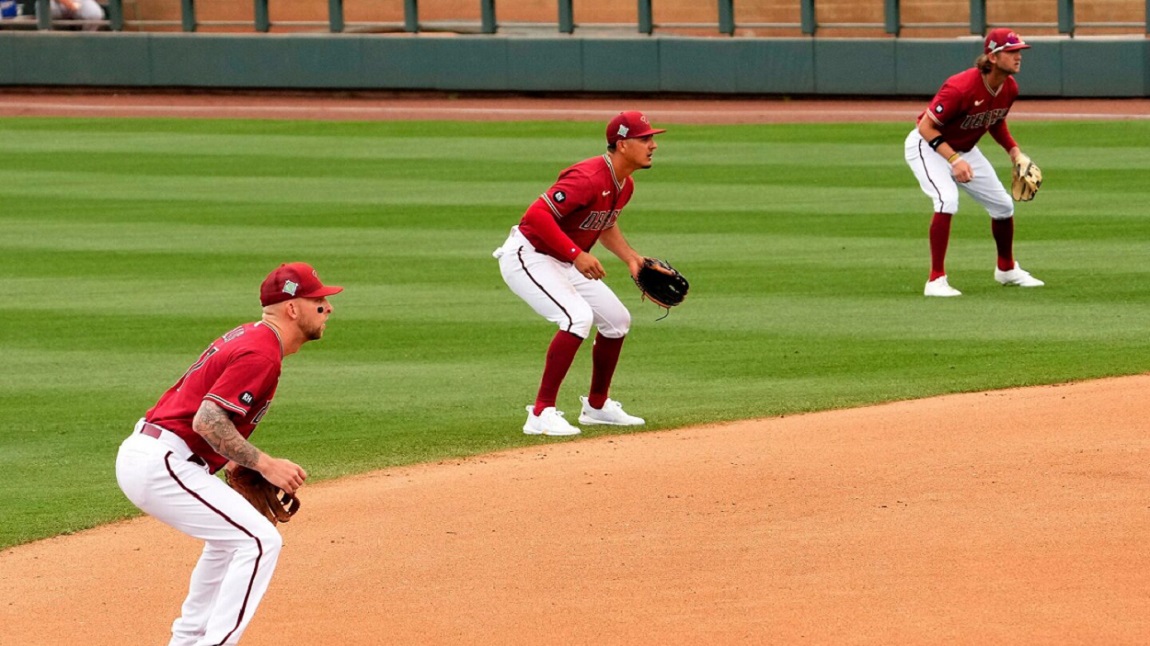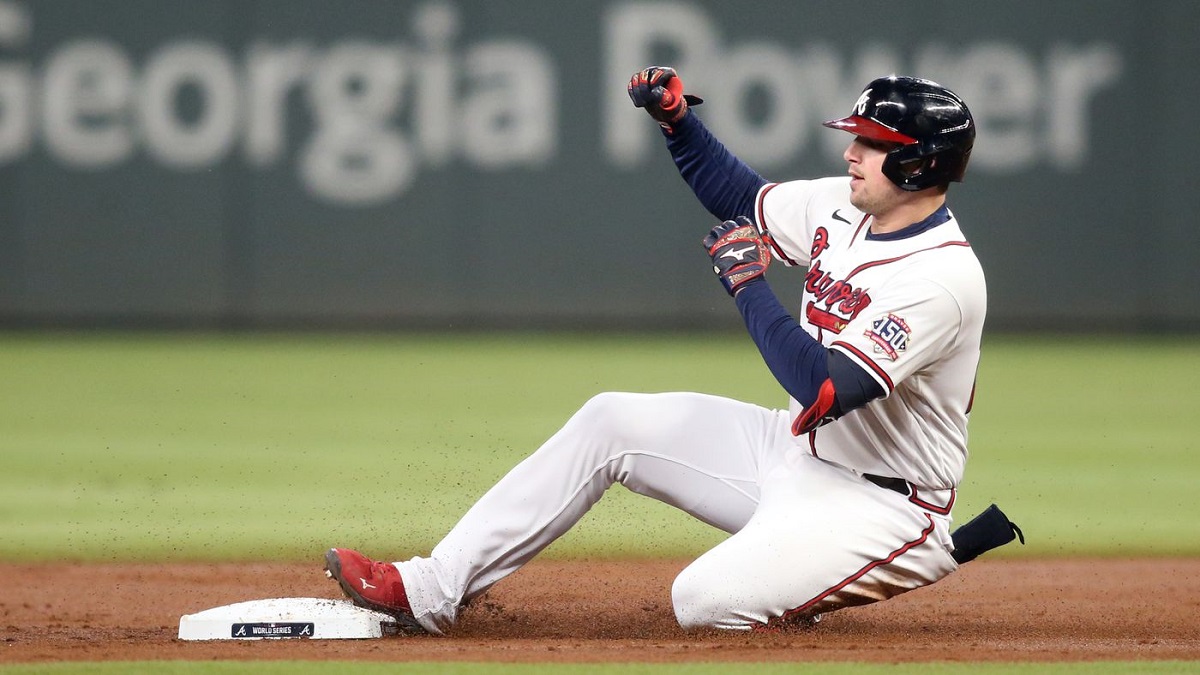Have you heard of the rover baseball position? While not as prominent, this role plays an integral part of the game. Also referred to as utility players, these versatile individuals provide versatility wherever needed and step in as needed, like an army knife in terms of baseball positions! In this article, we’ll dive deeper into its history, responsibilities, required skills, and more. We hope that by the end we will understand this pivotal part of the play better!

History of Rover Position
Origins of Rover Position
The origins of rover position can be traced back to early baseball, when formalised positions were less prevalent and teams saw an increasing need for players who could fill multiple roles within an informal setup. Thus emerged the role of a “rover”.
Evolution Over the Years
Over the course of baseball history, the role of rover became more defined over time. By the early 20th century, teams recognised the strategic benefits of having someone who could quickly switch between infield and outfield duties seamlessly – an adaptable player like a rover became invaluable assets to their teams.
Famous Players Who Have Played as Rovers
Some of baseball’s most iconic players have excelled as rovers throughout their careers. Legendary batting great Babe Ruth excelled as both an offensive force and defensive one, embodying both aspects of being a rover. Modern day players such as Ben Zobrist also demonstrate its relevance with notable feats as rovers.
Roles and Responsibilities of Rover
General Duties on the Field
Rovers serve a vital function by filling gaps both offensively and defensively on the field, acting as a vital cog in their team’s overall strategy. They must always be ready to step into any position at short notice in order to fulfil this role effectively.
Defensive Strategies
A rover’s defensive strategies require them to have in-depth knowledge of the game. Their role usually includes filling positions as needed within the game’s dynamics and requires exceptional fielding abilities as well as fast reading of game dynamics.
Offensive Contributions
On offense, rovers must be versatile hitters who can adapt to different pitching styles. Even though they might not always be the team’s top slugger, their consistency in hitting can make them invaluable; additionally, their speed on base adds another element of unpredictability for opponents.
Skills Required of a Rover
Athleticism and Agility
To excel as a rover, players must possess both athleticism and agility. Quick reflexes and the ability to quickly cover ground are vital skills.
Strong Arms and Accuracy
Rovers must possess strong and accurate throwing arms in order to make accurate throws from any location on the field, whether that means throwing from deep in the outfield or close to home plate.
Game Awareness and Intelligence
A great rover requires not only physical talent but also an acute mind for game situations. Anticipating plays, and making prompt decisions are hallmarks of excellence for this role.
Training for Rover Position
Physical Conditioning
Rovers undergo intensive physical conditioning training to keep up their athleticism and endurance, such as strength training, speed drills and flexibility exercises.
Skill Drills
Drills that focus on specific skills fielding practice from various positions and throwing accuracy drills are integral parts of rover baseball position training regimens.
Mental Preparation
Mental preparation involves studying the game, understanding opponents, and staying calm under pressure. Visualisation techniques and game simulations can assist players in strengthening their mental fortitude.
Rover Position in Modern Baseball
Comparison to Traditional Positions
Modern baseball rover position differ from traditional positions in that they do not occupy fixed locations on the field; rather, their placement varies based on team needs, making them unparalleled in flexibility and adaptability.
Integration into Team Strategies
Modern teams frequently utilise rovers as part of their team strategies. Shifting defensive alignments to counter specific hitters is an example of this; often this practice relies on the rover.
Examples from Current Teams
Teams like the Chicago Cubs and Tampa Bay Rays have successfully employed rovers as game-changers in contemporary baseball, showing just how effective this role can be.
Case Studies of Effective Rovers
Analysis of Top Rovers in History
Analyzing the careers of great rovers like Ben Zobrist can give us insights into the characteristics that define an effective rover, such as adapting quickly, performing under pressure, and providing both offensive and defensive contributions qualities which define those like Ben Zobrist who stand out among their peers as effective rovers.
Breakdown of Their Playing Style
Top rovers typically combine speed, precision and intelligence into their playing style; studying their playing style can offer valuable lessons for aspiring rovers.
Lessons Learned from Their Careers
Successful rovers demonstrate the significance of adaptability and resilience; their ability to meet challenges head-on while consistently performing at high levels is truly impressive.
Rover Position’s Influence on Team Dynamics
Enhancing Team Defense
Rover positions play an essential part in team defense by providing flexibility. Rovers can fill in for injured players or address weaknesses quickly to keep your defense strong and effective.
Flexibility in Lineups
Rovers allow coaches to be more imaginative with their lineups. By being flexible with positioning based on match-ups or game situations, coaches have more freedom in creating lineups with tactical advantage for their teams.
Psychological Advantage
Rovers also give teams a psychological edge; knowing there is at least one player capable of fulfilling multiple roles increases team confidence.
Challenges Facing Rovers
High Physical Demand
Being a rover requires high physical demands on one’s body – constantly switching positions and being ready for peak performances are both significant physical demands that necessitate intensive physical conditioning for peak performances.
Pressure Situations
Rovers often find themselves in high-pressure situations when filling in for key players, so managing this pressure effectively is an integral component of their role.
Balance Offense and Defense
Balancing offensive and defensive duties can be challenging. Rovers must maintain high performance in both areas to remain successful – an effort which requires a varied skill set.
Future of the Rover Position
Trends in Baseball
Recent trends within baseball suggest that the future of the rover position will increase its importance over time, such as an emphasis on defensive shifts and versatile players.
Potential Rule Changes
Adjustments to roster sizes or defensive alignment regulations could potentially alter rover positions, but their adaptability ensures they will remain relevant over time.
The Role of Technology and Analytics
Technology and analytics have become more significant components of rover baseball over time, providing players with more data that enables them to analyse and enhance their games, becoming even more effective players overall.
Conclusion
Although the rover position doesn’t always get recognition, its influence on baseball cannot be denied. From improving team dynamics to offering unrivalled versatility, rovers are one of the unsung heroes of baseball. As time progresses, their significance only grows further – understanding this role as either a fan, player, or coach is sure to give you greater appreciation of its strategic complexity.





